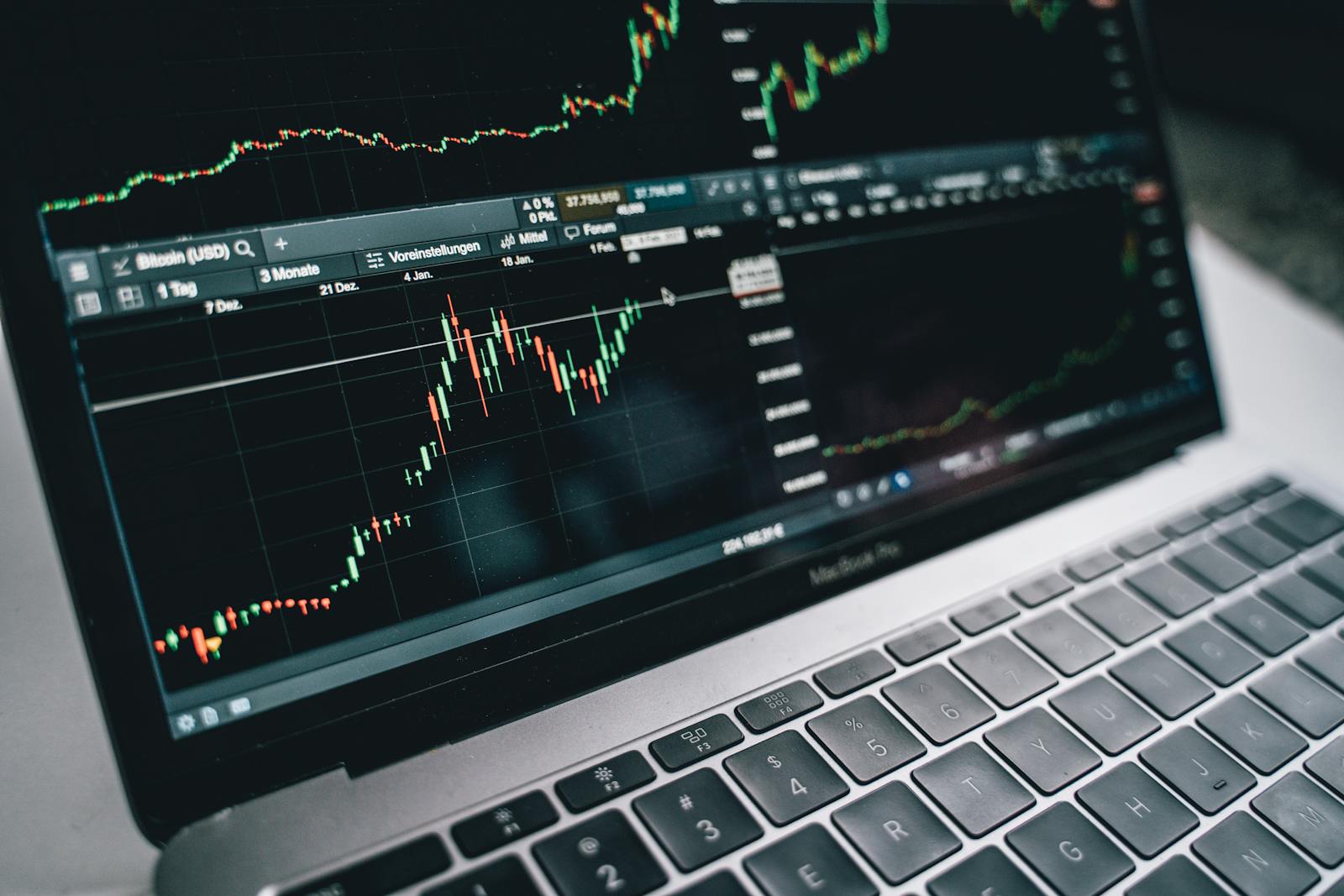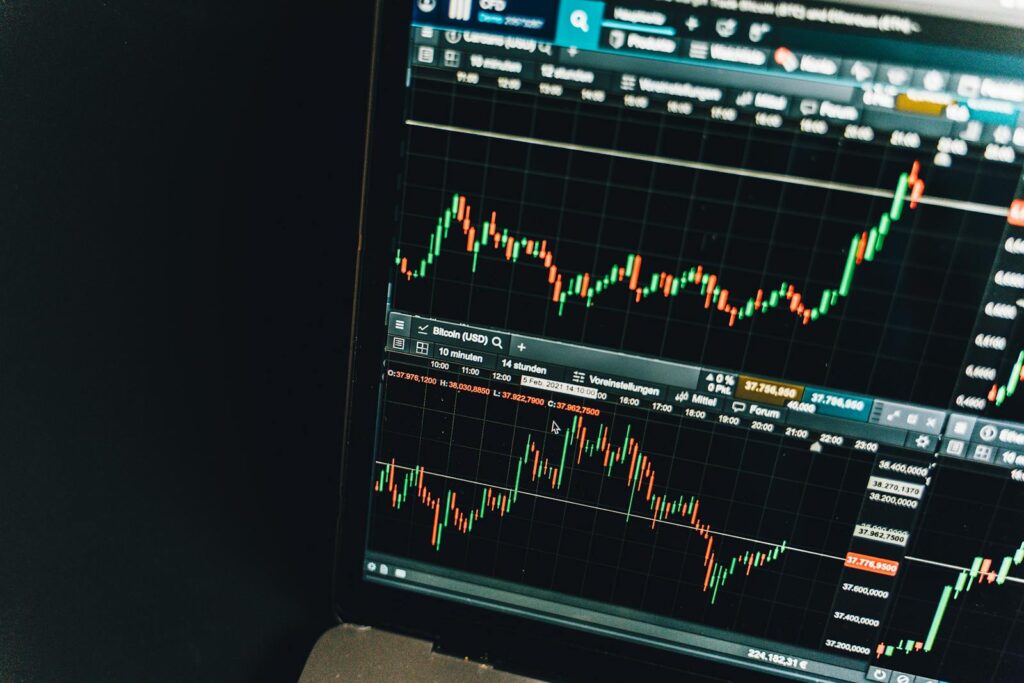Recessions hit like storms—unpredictable, messy, and tough on your wallet. The 2008 crash slashed portfolios by 50%, and 2020’s COVID dip rattled nerves. But here’s the truth: you can build an investment portfolio that weathers the worst. It’s not about dodging every loss—it’s about staying afloat and thriving when others sink. This guide shows you how to craft a recession-proof portfolio, balancing safety and growth with proven steps. Ready to shield your money? Let’s get started.
Why Recessions Hurt—and How to Fight Back
Recessions tank stocks, spike unemployment, and shrink spending—markets hate that. The S&P 500 dropped 57% from 2007-2009; panic-selling made it worse. But smart investors don’t flinch—they diversify, hedge, and hold steady. A recession-proof portfolio isn’t invincible—it’s resilient. You’re not avoiding the rain; you’re building an umbrella.
Step 1: Diversify Like Your Wealth Depends on It
One basket’s a death trap. Spread your money across asset classes—stocks, bonds, real estate, cash. Stocks dive in recessions, but bonds often rise as rates fall. A 60/40 mix (60% stocks, 40% bonds) historically cuts losses—down 20% versus 50% in 2008. Add a sprinkle of gold or REITs (real estate trusts); they zig when stocks zag. Diversification’s your first shield.
Step 2: Lean on Defensive Stocks
Not all stocks crumble. Defensive sectors—think utilities, healthcare, consumer staples—thrive when wallets tighten. People still pay electric bills, buy medicine, and eat cereal. Stocks like Johnson & Johnson or Procter & Gamble held firm in 2008 while tech tanked. Aim for 20-30% of your equity slice here—steady dividends cushion the blows.
Step 3: Load Up on Bonds
Bonds are your safety net. When stocks crash, investors flock to them, driving prices up. U.S. Treasuries soared in 2008—10-year yields dropped from 4% to 2%. Mix short-term (1-3 years) for liquidity and long-term (10+ years) for yield. Corporate bonds work too—stick to AAA-rated like Microsoft’s. Keep 30-40% of your portfolio in bonds; they’re boring until they save you.
Step 4: Stash Cash for Opportunities
Cash is king in a downturn. Holding 10-20% in a high-yield savings account (4-5% interest) or money market fund gives you firepower. When stocks hit bargain levels—say, 2020’s March lows—you buy cheap. Warren Buffett sat on $128 billion cash pre-COVID, then scooped deals. Liquidity isn’t lazy—it’s strategic.
Step 5: Add Gold as Insurance
Gold shines when fear rules. It jumped 25% in 2008 as stocks bled. It’s not a cash cow—little yield—but it’s a hedge. Allocate 5-10% via ETFs like GLD or physical bars if you’re old-school. It’s a buffer, not a bet—think of it as your portfolio’s airbag.
Step 6: Bet on Dividend Aristocrats
Companies raising dividends 25+ years—like Coca-Cola or Walmart—are recession rock stars. They’ve survived crashes, wars, and slumps, paying you to wait. A 3% yield on a $10,000 stake is $300 yearly—reinvest it, and it compounds. In 2008, aristocrats fell less and recovered faster. Slot 15-20% of your stocks here for income and grit.
Step 7: Avoid Leverage Like the Plague
Borrowing to invest—margin—is a recession wrecker. A 20% drop on a $10,000 loan forces sales at lows, locking in losses. In 2008, leveraged traders got margin calls and cratered. Stick to your own cash—slow growth beats fast ruin. Debt’s a gamble; recession-proofing isn’t.
Step 8: Hedge with Options
Options can shield you. Buy puts on the S&P 500 (via SPY ETF)—if it drops 10%, your puts soar, offsetting stock losses. Cost? Maybe $200 for a 3-month contract. Pros like Ray Dalio use this—his “All Weather” fund barely blinked in 2020. Start small—1-2% of your portfolio—to test it. It’s insurance, not a jackpot.
Step 9: Rebalance Regularly
Markets shift—your 60/40 can drift to 70/30 in a rally. Rebalance yearly: sell winners, buy laggards. In 2007, pre-crash rebalancers trimmed stocks, dodging bigger hits. Set a date—say, January 1—and stick to it. Discipline keeps your mix recession-ready.
Step 10: Stay the Course
Panic-selling kills portfolios. In 2009, the S&P 500 bottomed at 666—those who bailed missed the 300% rebound. Pros like Peter Lynch preach holding through storms—recessions end, markets recover. A 2021 study showed long-term holders beat market-timers by 20% over decades. Fear tempts you to jump; grit keeps you rich.
Why It Works
This mix—diverse, defensive, liquid—blunts recessions’ edge. In 2008, a 60/40 portfolio lost 20% while stocks alone shed 50%. Gold and bonds rallied, cash bought dips, dividends flowed. It’s not sexy—it’s survival. You’re not dodging bullets; you’re wearing armor.
Real-World Proof
Look at the Yale Endowment—diversified across stocks, bonds, real estate, it grew 8% annually through 2008’s mess. Or take a retiree from a 2022 Kiplinger story: 50% bonds, 20% dividend stocks, 20% cash, 10% gold—she sailed through 2020 with 5% losses versus 30% for stock-heavy peers. Resilience isn’t luck—it’s design.
The Mindset Shift
Recession-proofing isn’t about fear—it’s about control. You’re not betting on sunshine; you’re prepping for rain. Losses happen—10-20% dips are normal—but you’ll bounce back. Pros don’t chase 100% gains in a bull run; they aim to lose less in a bust. Steady wins this race.
Action Plan: Build It Now
Start small: Open a brokerage—Fidelity, Vanguard—fund it with $1,000. Split it: $400 S&P 500 ETF (VOO), $300 Treasury ETF (TLT), $200 dividend stock (KO), $100 cash. Rebalance in six months. Got more? Add gold (GLD) or a put. Scale as you earn—$5,000, $10,000—same ratios. Test it—paper trade a 20% crash. Adjust, hold, thrive.
Recessions don’t care about your plans—but your portfolio can. Build it tough—diverse, defensive, disciplined—and you’ll laugh through the next storm. Wealth isn’t timing the market; it’s outlasting it.
Disclaimer: Investing carries risks. Past performance isn’t a guarantee. Consult a financial advisor before acting.




